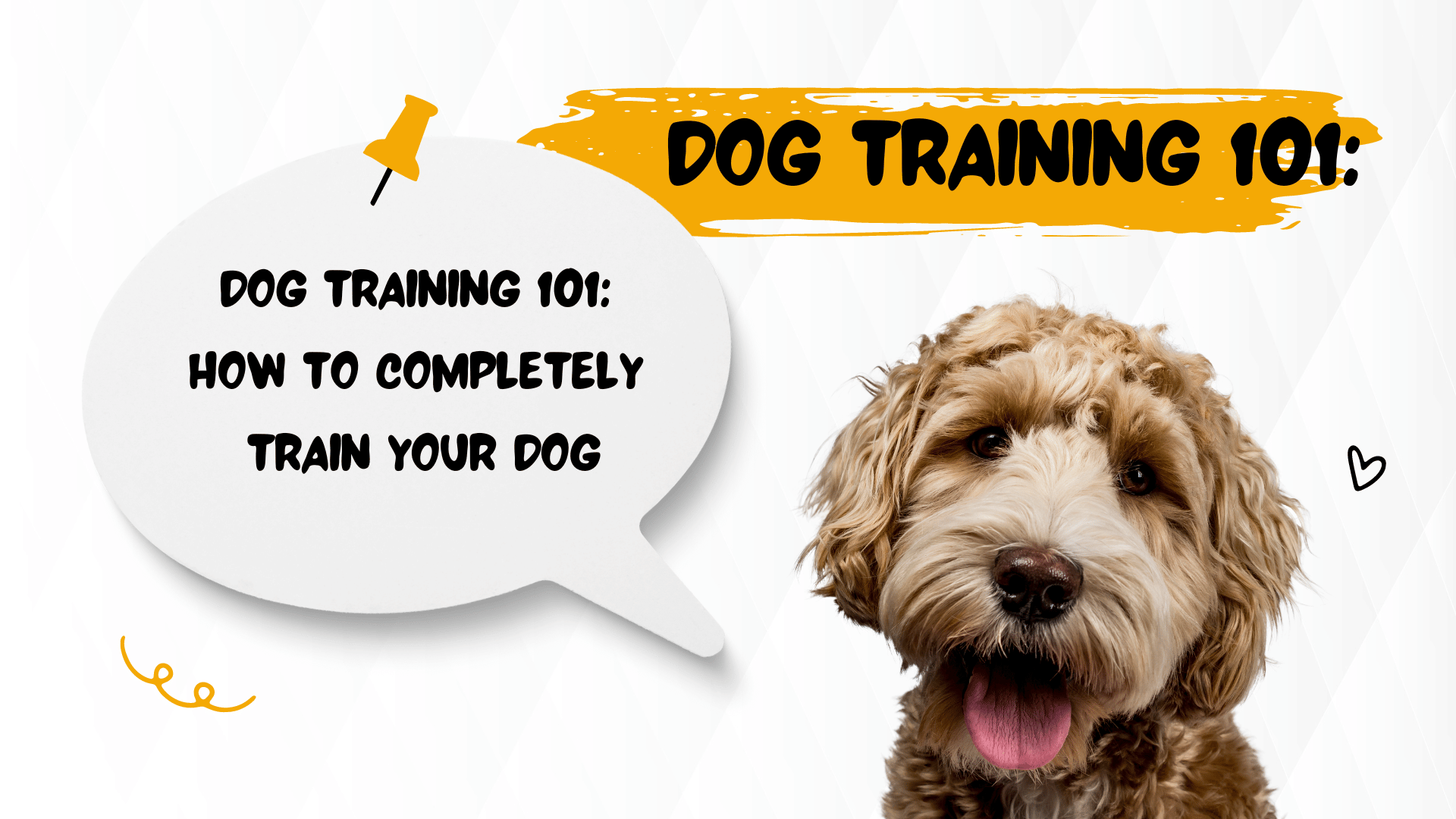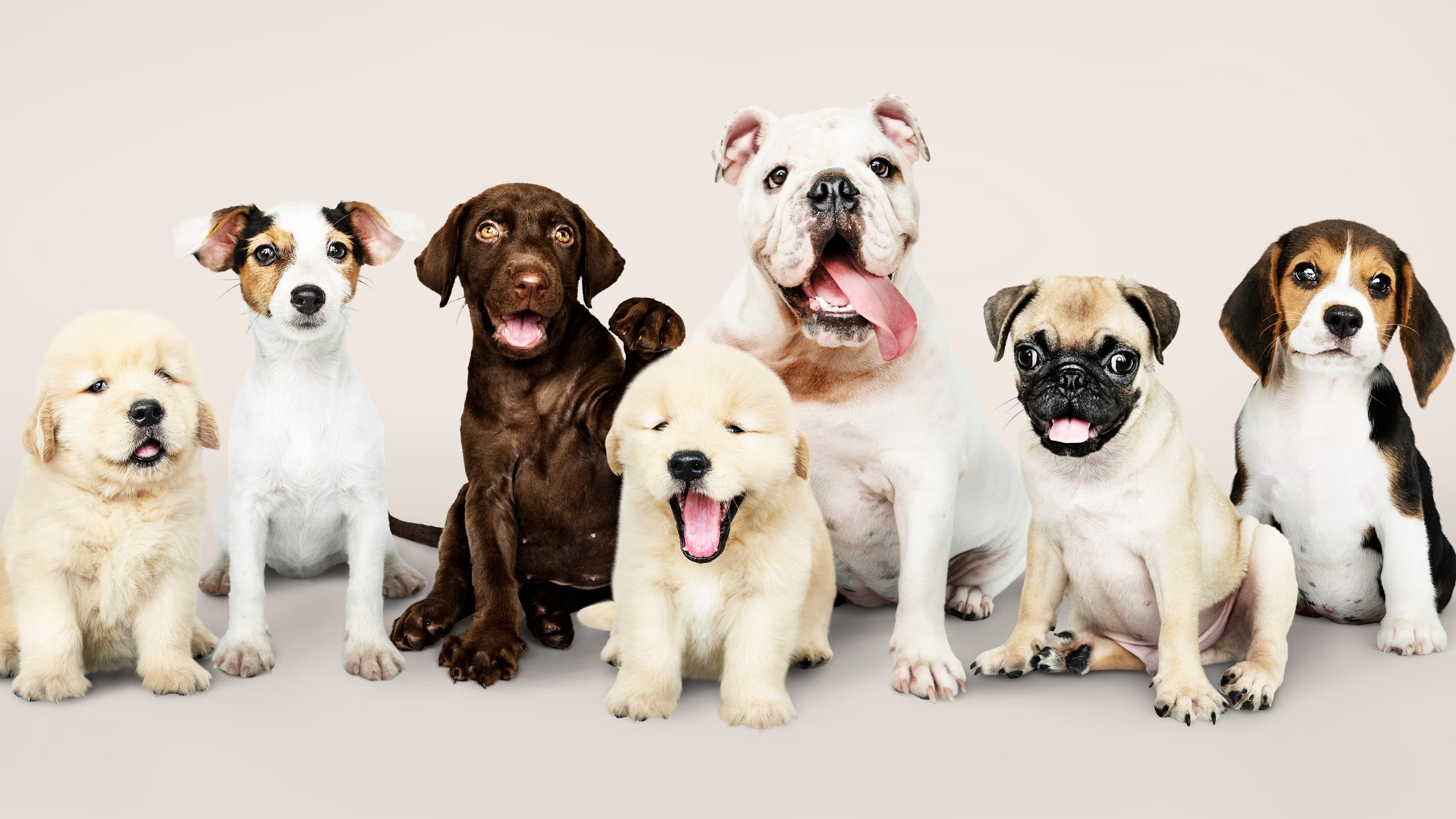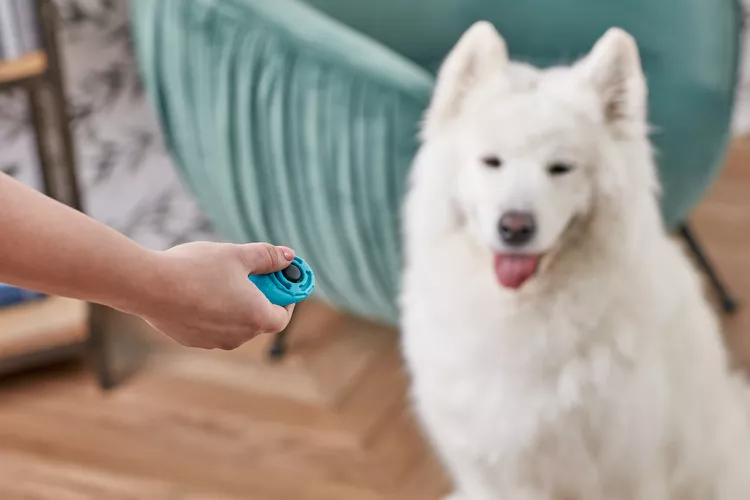Training your dog is one of the most essential responsibilities of pet ownership.
Proper training not only helps establish a solid bond between you and your canine companion but also increases their safety, improves behavior, and enhances your overall experience together. In this comprehensive guide, we will explore various training methods, important concepts, and frequently asked questions to help you effectively train your dog.
Understanding Dog Training
Dog training is a structured yet flexible approach to teaching your dog how to behave in various situations. It involves teaching commands, reinforcing positive behavior, and discouraging unwanted behavior. Understanding your dog’s personality, learning style, and needs is crucial in tailoring an effective training program.
The Importance of Socialization
One of the first aspects of dog training is socialization. Introducing your dog to various environments, people, and other animals helps them develop confidence and reduce fear-based behaviors. Early socialization is particularly important for puppies, as it can significantly affect their temperament and behavior as adults.
Training Basics
Positive Reinforcement
The most effective training method is positive reinforcement, where desirable behaviors are rewarded with treats, praise, or play. This technique encourages your dog to repeat those behaviors. Consistency and timing are crucial; rewards should be given immediately after the desired behavior.
Setting Realistic Goals
When training your dog, it’s essential to set realistic goals. Training takes time and patience, and it’s important to remember that every dog learns at their own pace. Break down your training sessions into manageable units, focusing on one behavior at a time.
Essential Commands to Teach Your Dog
- Sit: This fundamental command is one of the first that dogs should learn. To teach your dog to sit, hold a treat above their nose and move it back over their head. As their head goes up, their bottom will lower, prompting them to sit. Once they’re in the sitting position, reward them with the treat.
- Stay: Teaching your dog to stay in place is vital for their safety. Begin in a quiet environment and ask your dog to sit. Then, with your palm facing them, say “stay.” Take a few steps back; if they remain in place, reward them. Gradually increase the distance and duration.
- Come: The “come” command is essential for recall and safety. Start in a controlled situation, such as your home or yard, and call your dog’s name followed by “come.” Use a happy tone and reward them when they come to you. Practice this in various locations.
- Leave it: This command is useful for preventing your dog from picking up harmful items or getting into trouble. Begin by holding a treat in your hand and letting your dog sniff it. Once they attempt to grab it, say “leave it” and close your hand. Once they pull away, reward them with a different treat.
- Heel: Teaching your dog to walk nicely on a leash is important for enjoyable walks. Start training in a distraction-free area. Use treats to entice your dog to walk alongside you, and reward them for staying close. If they pull ahead, stop walking until they return to your side.
Common Behavioral Issues and Solutions
Excessive Barking
Excessive barking can be a nuisance and is often a call for attention, boredom, or anxiety. To curb this behavior, identify the cause. Provide sufficient exercise and mental stimulation. When barking occurs, remain calm and do not reward the behavior. Instead, wait for a moment of silence to offer praise.
Jumping on People
Jumping is a natural behavior for dogs but can be problematic. To discourage jumping, teach your dog an alternative behavior, such as sitting. When they greet someone, instruct them to sit before receiving attention. Consistent reinforcement of this behavior will help them learn.
Chewing
Chewing is a natural tendency, especially in puppies. To redirect this behavior, provide appropriate chew toys and discourage chewing on furniture or shoes by using bitter-tasting sprays. When your dog chooses the correct item to chew, praise them.
Training Tips
Consistency is Key
Consistency is fundamental to effective dog training. Everyone in your household should use the same commands and methods to prevent confusion. Creating a clear training routine helps your dog understand what is expected.
Keep Training Sessions Short
Dogs have short attention spans, making shorter and more frequent training sessions more effective. Aim for multiple 5-10 minute sessions daily to keep your dog engaged and prevent boredom.
Be Patient and Positive
Training requires patience. If your dog struggles with a command, try breaking it down into smaller steps. Always use a positive tone, as dogs can pick up on your emotions.
Frequently Asked Questions (FAQ)
The time required to train a dog varies based on their age, breed, and individual temperament. Basic commands can often be learned in weeks, but more complex tasks may take several months or longer.
You can begin training your puppy as early as eight weeks old. Early socialization and basic commands are crucial to shaping your puppy’s behavior as they grow.
If your dog is not responding, reassess your training method. Ensure your training sessions are engaging and use high-value rewards. Dogs learn at different rates, so remain patient and adjust your approach if necessary.
Absolutely! While training may take longer with an older dog, they can still learn new commands and behaviors. Consistency and positive reinforcement are just as effective with older dogs.
Stubborn dogs may require extra motivation. Use higher-value rewards, be patient, and break commands into smaller, achievable goals. Establishing a strong bond will also increase their willingness to learn.
While many pet owners successfully train their dogs at home, professional training can be beneficial, particularly for specific behavioral issues or for inexperienced trainers. A professional trainer can provide guidance, support, and tailored solutions.
Conclusion
Training your dog is an ongoing journey that requires patience, dedication, and love. By focusing on positive reinforcement, understanding your dog’s needs, and setting realistic goals, you can build a strong bond and ensure a well-behaved canine companion.
Read from our partners more about Flea, Tick and Mosquito Prevention for Dogs.
Remember that consistency is key, and don’t hesitate to seek assistance if needed. Happy training!






